The Ca Mau Provincial Forest Protection Department has gone through four stages of development. In the first stage from its establishment to 1986, it was a public service unit under the Forestry Department. In the second stage, from 1986 to 1994, the organization and operation of the forest protection force were not unified into a system from the central to local levels, along with an unclear management mechanism, so violations of forest laws and the situation of spontaneous migration increased, leading to the encroachment of forest land for shrimp farming and the burning of cajuput forests for agricultural production, causing the forest area to increasingly shrink. "In the mangrove forest area, tens of thousands of hectares of mangrove forests with reserves were severely destroyed; in the cajuput forest area, forest fires and deforestation for agricultural production caused the loss of thousands of hectares of forests with reserves, affecting the work of protecting and developing forests later on," Mr. Le Van Hai, Head of the Provincial Forest Protection Department, recalled.
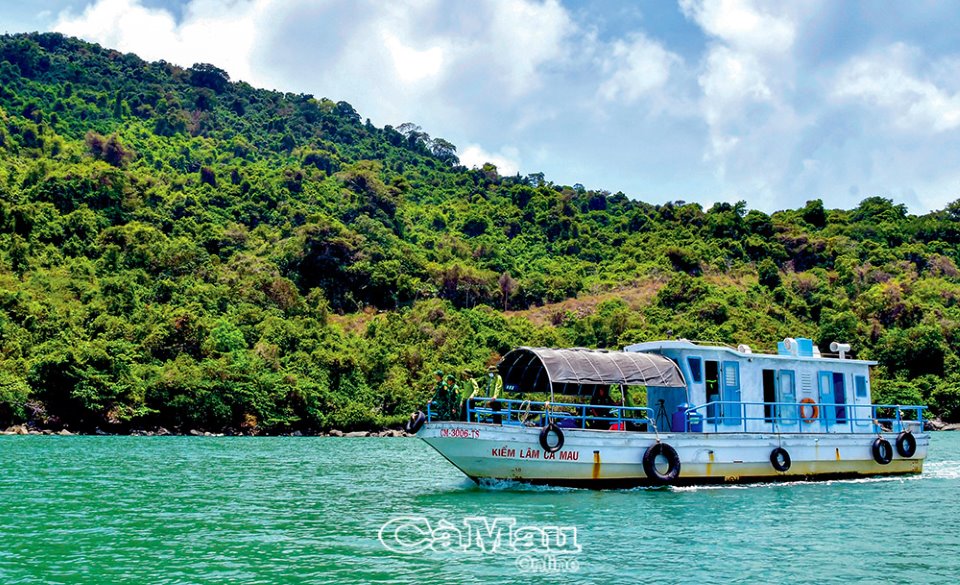 |
| Ca Mau forests are unique, ranging from brackish to mangrove, from coastal to island, so protection and management work faces many difficulties and hardships. (In the photo: Patrolling to protect the forest of Hon Khoai island cluster by the Forest Protection Department of Hon Khoai island cluster). |
Faced with the above difficulties, in the period of 1994-2006, the Forest Protection Department separated from the Forestry Department and became a unit under the Provincial People's Committee. At this time, forest management boards were established, including the West Sea and East Sea protection forest management boards; the Vo Doi and Dat Mui special-use forest management boards; and the Hon Khoai island cluster forest management board. In 1996, the Bai Boi protective forest management board was taken over; at the same time, the forest management boards were converted into forest ranger units. Also during this period, in 2004, the Forest Protection Department handed over the entire forest area of the Dat Mui special-use forest management board to establish Mui Ca Mau National Park; 2 years later, the entire Vo Doi special-use forest area was handed over to establish U Minh Ha National Park.
During this period, although mangrove forests were still destroyed to expand shrimp farming areas, the area was less than in the previous period. Melaleuca forests were affected by dry weather, and the awareness of people living in and near the forest was not high, so forest fires often occurred. The fire in 2002 damaged over 4,000 hectares of forest, and at the same time, people brought salt water into the production land area to combine shrimp farming, affecting production planning.
In early 2016, the Forestry Sub-Department was merged into the Forestry Sub-Department to form the Forestry Sub-Department, returning to the Department of Agriculture and Rural Development, and has been stable until now.
The forests stretching from East to West, the vast cajuput forests are the result of great efforts of forest protection forces, the core of which is the Ca Mau Forest Rangers, over the past 47 years.
With the development of society and the needs of people's lives, forest management and protection gradually change. Forest owners are people, production on forest land follows the direction of land intensification, creating jobs, contributing to poverty reduction, especially solving the problem of sedentarization and settlement for people. "Only when people protect the forest, protect the fruits of their labor, will the forest be stable and develop", Mr. Hai acknowledged the reality of the problem.
Accordingly, the province gradually converted forest owners, allocated forests and forestry land to 5,143 households and individuals according to the Land Law with an area of over 23,689 hectares; contracted 81,521.36 hectares; leased forestry land to 7 enterprises with an area of over 3,322 hectares... From here, the forest and scattered tree coverage rate gradually increased, from 16.36% in 1992 to 26% in 2022. Ca Mau is considered one of the few localities with high and stable forest coverage in the country.
“We see green forests stretching along the East coast and extending to the West Sea with vast mangrove forests and the vast U Minh Ha forest. That is the result of the tireless efforts to manage, protect and develop local forest resources over the past 50 years by many generations of Ca Mau Forest Rangers,” Mr. Le Van Hai proudly said./.
Tran Nguyen
Source link


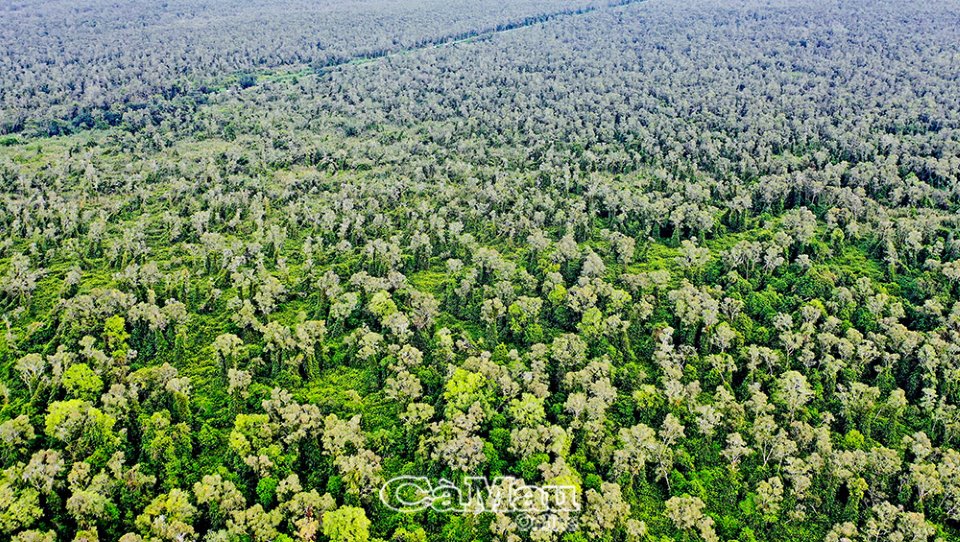

![[Photo] President Luong Cuong attends the inauguration of the international container port in Hai Phong](https://vphoto.vietnam.vn/thumb/1200x675/vietnam/resource/IMAGE/2025/5/13/9544c01a03e241fdadb6f9708e1c0b65)
![[Photo] Prime Minister Pham Minh Chinh receives Ambassador of the French Republic to Vietnam Olivier Brochet](https://vphoto.vietnam.vn/thumb/1200x675/vietnam/resource/IMAGE/2025/5/13/f5441496fa4a456abf47c8c747d2fe92)
![[Photo] Many people in Hanoi welcome Buddha's relics to Quan Su Pagoda](https://vphoto.vietnam.vn/thumb/1200x675/vietnam/resource/IMAGE/2025/5/13/3e93a7303e1d4d98b6a65e64be57e870)

![[Photo] President Luong Cuong awarded the title "Heroic City" to Hai Phong city](https://vphoto.vietnam.vn/thumb/1200x675/vietnam/resource/IMAGE/2025/5/13/d1921aa358994c0f97435a490b3d5065)

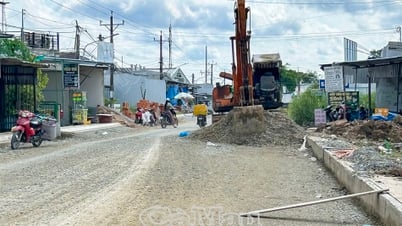
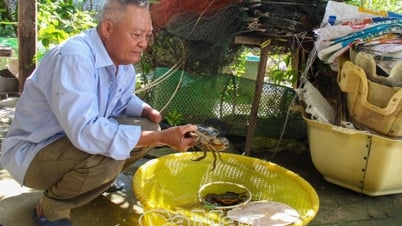

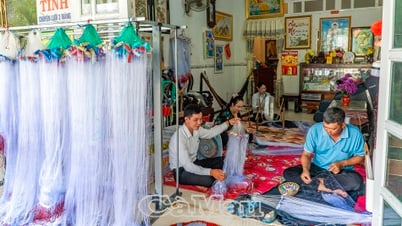
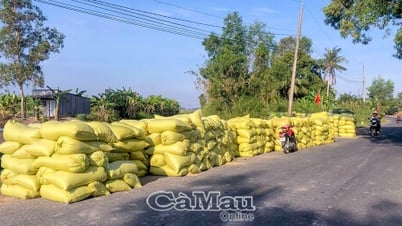






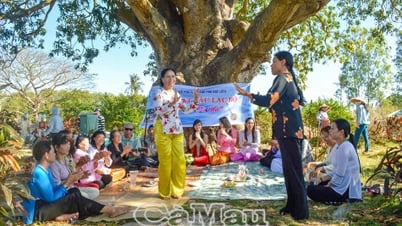


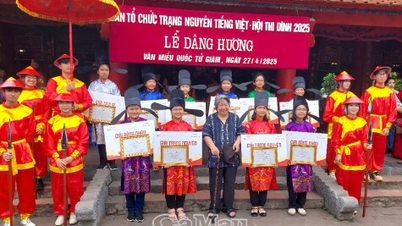



































































Comment (0)